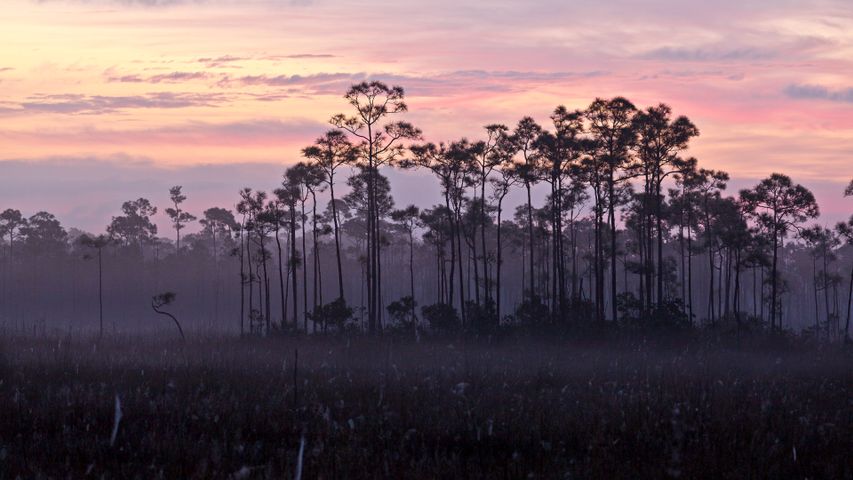Santa Cruz River, Patagonia, Argentina
© Coolbiere Photograph/Getty Image
Meandering through Patagonia
Snaking east from the Andes mountains to the Atlantic Ocean, the mighty Santa Cruz river in Argentina's Patagonia region flows over some of South America's sparsest terrain. Over the centuries, some of history's most notable explorers have been drawn to this winding waterway: Ferdinand Magellan's 1520 expedition discovered its coastal delta, while Charles Darwin (on the same voyage that took him to the Galápagos Islands) studied the area's ecosystem during a gruelling 1834 trip. Even now, very few settlements exist along the 240-mile course of the Santa Cruz, considered the last major free-flowing river in Patagonia.
The river's many U-shaped bends, called meanders, are carved out gradually: When flow pressure isn't equal on both banks of a river, erosion tends to warp small bends into dramatic, sweeping curves over long periods of time. But the prospect of much swifter change looms over the Santa Cruz: A controversial hydroelectric dam project already underway downstream will potentially have a drastic impact on the entire river's hydrology and ecosystem.

 Aerial view of Everglades National Park, Florida, United States
Aerial view of Everglades National Park, Florida, United States
 Lençóis Maranhenses National Park in Barreirinhas, Brazil
Lençóis Maranhenses National Park in Barreirinhas, Brazil
 Spotted Lake in the Okanagan region of British Columbia, Canada
Spotted Lake in the Okanagan region of British Columbia, Canada





